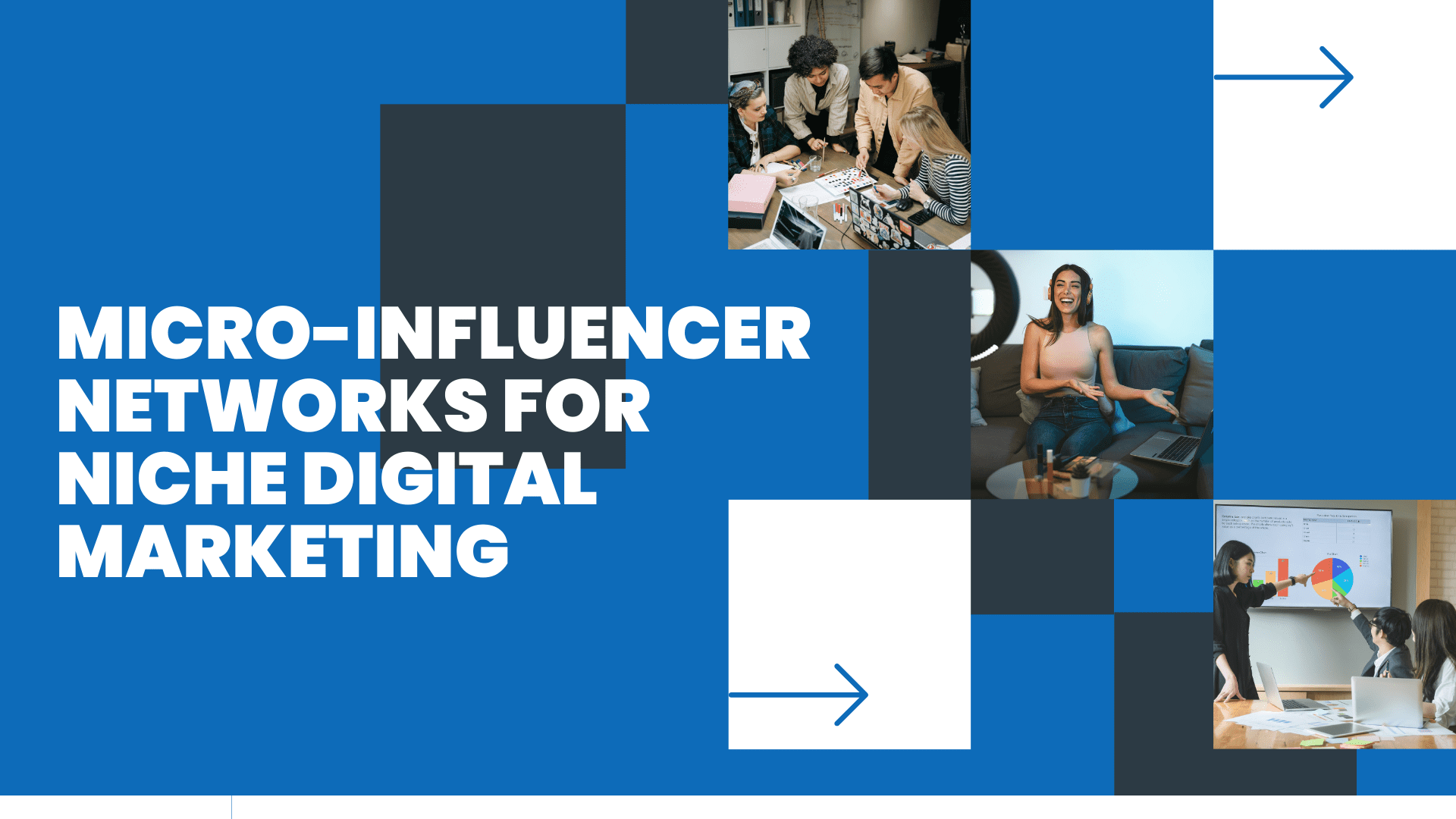In the ever-evolving landscape of digital marketing, micro-influencers—creators with 1,000 to 100,000 followers—are emerging as powerful allies for brands targeting niche audiences. Unlike macro-influencers, micro-influencers command loyal, engaged communities around specific interests, from sustainable fashion to tabletop gaming. While influencer marketing is mainstream, the strategy of building scalable networks of micro-influencers to amplify niche campaigns remains largely untapped. This article explores how to create and leverage micro-influencer networks in 2025, presenting a strategic roadmap through a Q&A format to address key considerations and actionable steps.
Why Are Micro-Influencer Networks a Game-Changer?
Micro-influencers offer authenticity and engagement that larger influencers often lack. Their importance stems from:
- Engagement Rates: Achieving 7-10% engagement compared to 1-3% for macro-influencers.
- Cost Efficiency: Affordable collaborations ideal for small and medium enterprises (SMEs).
- Authenticity: 82% of consumers trust micro-influencers’ recommendations over celebrities.
- Scalability: Networks of multiple influencers amplify reach across niche communities.
By coordinating micro-influencers, brands can achieve targeted, high-impact campaigns that resonate deeply with specific audiences.
Q&A: Building a Micro-Influencer Network Strategy
Q1: How Do I Identify the Right Niche Audiences for My Brand?
Define hyper-specific audience segments to ensure alignment with micro-influencers:
- Conduct research to uncover interests like vegan skincare or indie music using tools like Brandwatch.
- Develop detailed buyer personas outlining demographics, behaviors, and pain points.
- Analyze social media conversations and trending topics within niches to pinpoint active communities.
- Monitor competitors to identify underserved audience segments ripe for targeting.
Precision in audience selection ensures influencers connect with the right followers.
Q2: Where Can I Find Authentic Micro-Influencers?
Source influencers who genuinely represent your niche:
- Use platforms like Upfluence, AspireIQ, or Heepsy to filter by follower count, niche, and engagement.
- Search hashtags (e.g., #ZeroWasteLiving) on Instagram, TikTok, or Twitter to discover creators.
- Engage in niche forums, Reddit threads, or events to identify community leaders.
- Review competitors’ influencer partnerships for inspiration, ensuring no overlap.
Verify authenticity by checking engagement patterns and avoiding accounts with bot-like followers.
Q3: How Do I Build Relationships with Micro-Influencers?
Foster trust to create lasting partnerships:
- Interact with their content through likes, comments, or shares to build rapport.
- Offer value, such as free products or co-creation opportunities, before pitching.
- Personalize outreach with messages highlighting shared values or goals.
- Allow creative freedom to ensure content resonates authentically with their audience.
Strong relationships lead to more genuine, effective collaborations.
Q4: What’s the Best Way to Scale a Micro-Influencer Network?
Organize influencers for coordinated impact:
- Group influencers by sub-niches (e.g., eco-friendly travel vs. sustainable fashion).
- Use management tools like Hootsuite or CreatorIQ for communication and tracking.
- Provide clear campaign guidelines, including objectives, hashtags, and key messages, while preserving creative flexibility.
- Synchronize posts across influencers for maximum impact, such as during a product launch.
A structured network amplifies reach while maintaining niche relevance.
Q5: How Can I Amplify the Network’s Reach?
Enhance visibility through integrated strategies:
- Boost influencer posts with paid ads on Instagram or TikTok to target broader segments.
- Encourage cross-promotion among influencers within the network.
- Repurpose influencer content on your brand’s channels to build social proof.
- Link influencer posts to your website to drive traffic and improve SEO rankings.
Combining organic and paid efforts maximizes campaign impact.
Q6: How Do I Measure Success and Optimize the Network?
Track and refine performance:
- Monitor engagement metrics like likes, comments, shares, and story replies.
- Track referral traffic to your website using UTM links.
- Measure conversions, such as sales or sign-ups, attributed to influencers.
- Analyze audience sentiment to assess brand perception.
Run A/B tests on content styles or platforms and adjust partnerships based on results.
Best Practices for Micro-Influencer Networks
- Diversify Platforms: Engage across Instagram, TikTok, YouTube, and niche platforms like Twitch.
- Ensure Transparency: Require FTC-compliant partnership disclosures.
- Foster Long-Term Ties: Build ongoing relationships for consistent advocacy.
- Monitor Authenticity: Audit influencers for fake followers.
- Balance Scale and Quality: Prioritize influencers with genuine connections.
Challenges and Solutions
- Management Time: Use automation tools to streamline workflows.
- Content Inconsistency: Provide clear briefs while allowing creativity.
- Budget Limits: Negotiate non-monetary collaborations like product exchanges.
The Road Ahead for Micro-Influencer Networks
Influencer marketing is projected to reach $24 billion by 2026, with micro-influencers driving growth. Future trends include:
- AI Matching: Tools will pair brands with ideal influencers.
- Community Networks: Influencers will form collectives for niche campaigns.
- Video Dominance: Short-form video will remain key.
Brands building networks now will dominate niche markets.
Conclusion
Micro-influencer networks deliver authentic, scalable engagement for niche audiences. By strategically sourcing and managing influencers, brands can achieve high ROI. Contact Biondo Creative to craft your micro-influencer strategy for 2025.
Additional Resources
- Upfluence – Influencer discovery platform.
- AspireIQ – Campaign coordination tools.
- Influencer Marketing Hub – Industry insights.
